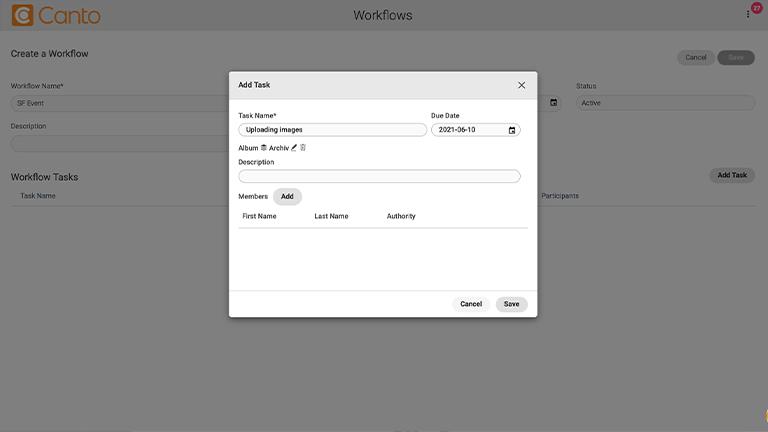When to export metadata and software to use
| June 19, 2021

Metadata has proven to be a valuable digital commodity, bringing order and understanding to large quantities of complex data. It stands to reason, then, that being able to export it when necessary is important.
This guide gives you the details of exporting data, including why it’s important to do so and which tools or systems best handle the overarching metadata process.
What is metadata?
Metadata is valuable because it provides information about pieces of data, making them easier to maintain, access and edit. Without metadata, so many bits of raw data would be unusable without excessive effort across various teams and platforms.

When will you need to export metadata?
There are quite a few scenarios where you’ll need to export metadata, so get ahead of them by understanding what and when might prompt it. Here are the most common times where exporting makes sense.
- To unplug from the digital realm. Remember that not all pertinent information remains in the format it’s created in. There are plenty of times, in fact, when exporting metadata can bring clarity to information regarding physical, rather than digital, items, products and processes.
- To share specific information with outside parties and collaborative partners. It’s easy to forget that our projects and campaigns require information-sharing from time to time. Often, the best way to formulate a readable, understandable group of data for a collaborator is to export it into some type of spreadsheet.
- To bring data onto a system that can better interpret it. Just because metadata brings order and clarity to complex or large-quantity data groups, doesn’t mean that it’s always easy for each user/system to grasp. Exporting it gives us a chance to send it to a different location or system that can better handle processing the data.
Using the right software to handle metadata
There are all types of digital systems that have exportable metadata. Of course, there’s no one right or wrong system to use for exporting metadata. What matters, however, is picking a system to handle the many other metadata functions and processes.

Digital asset management stands out as a unique system, as it is capable of both managing all digital assets in a centralized location, but also automated metadata processes. As the amount of data/files you’re working with grows, tools like digital asset management manage these files and automate things like metadata tagging.
If you’re unsure of whether or not you’ll need to export metadata sometime in the future, the answer is almost always yes, you will. Because of this, learn how you’ll go about it and what types of issues might come up. Finally, check out our guide on how to import metadata.
